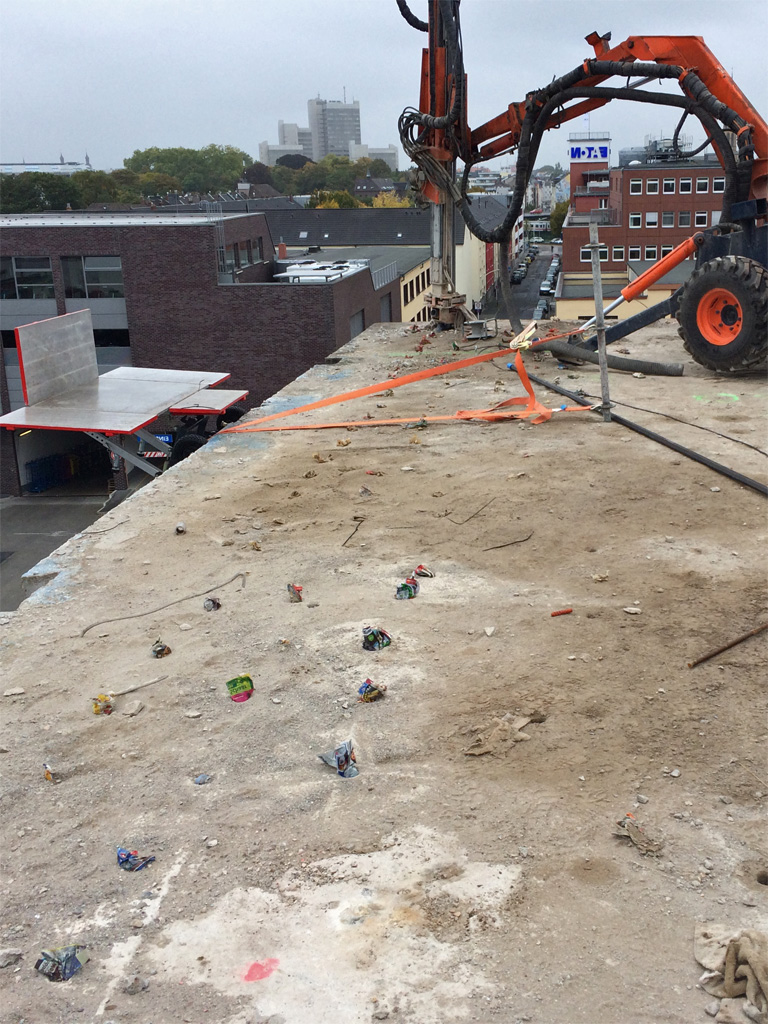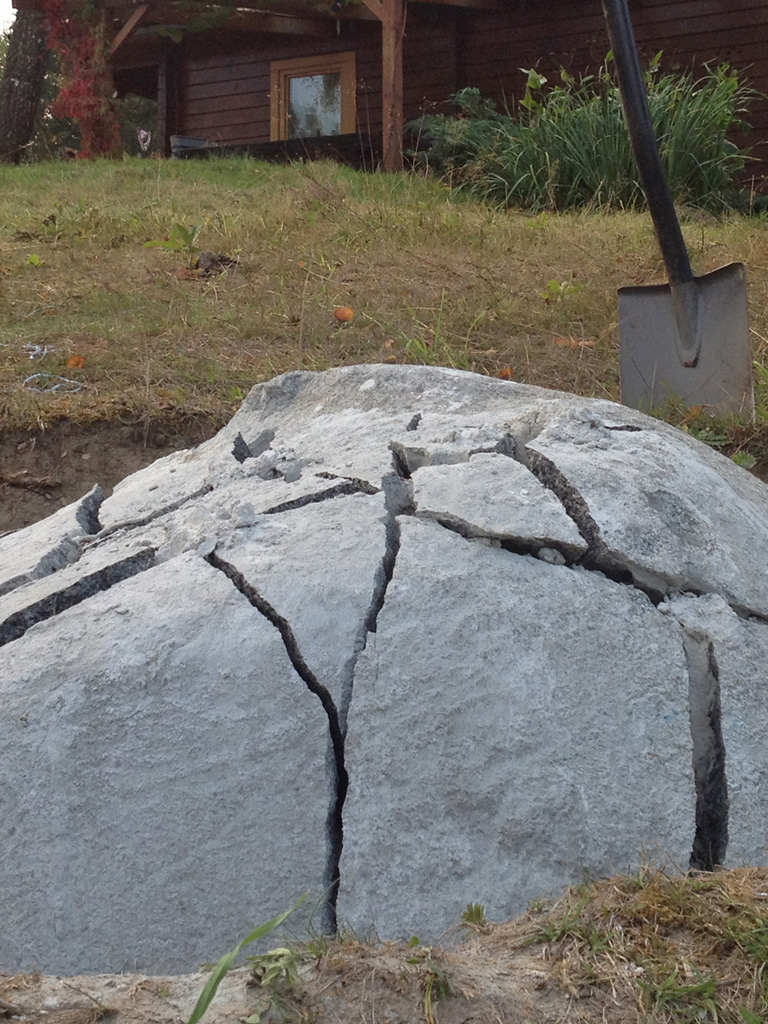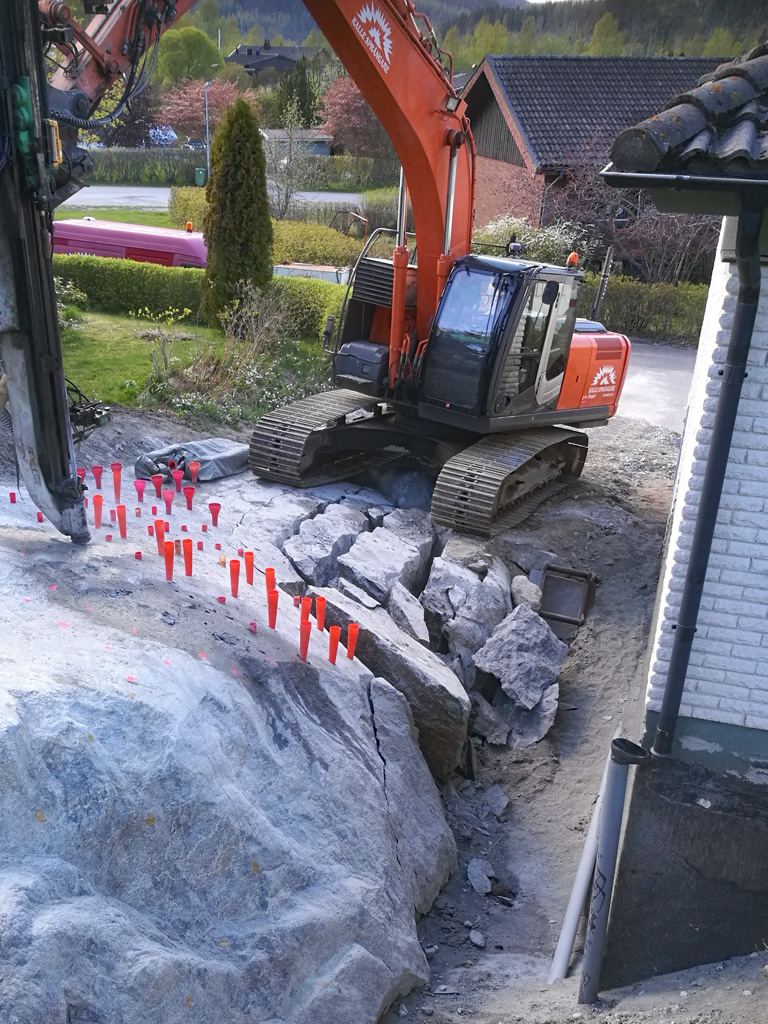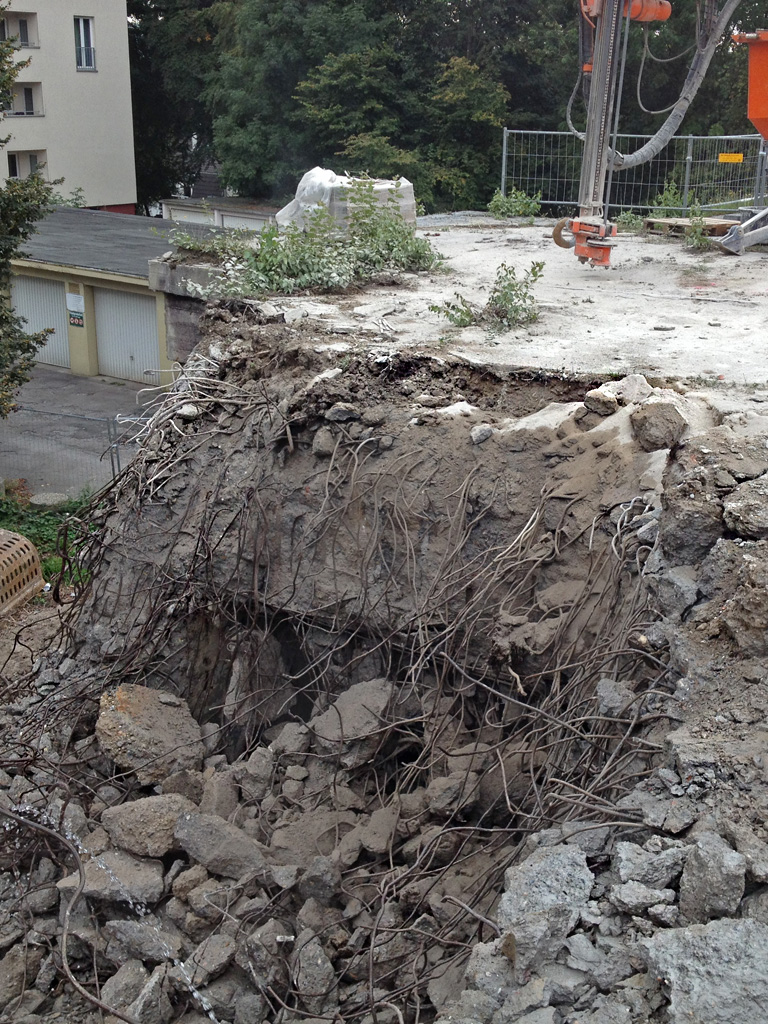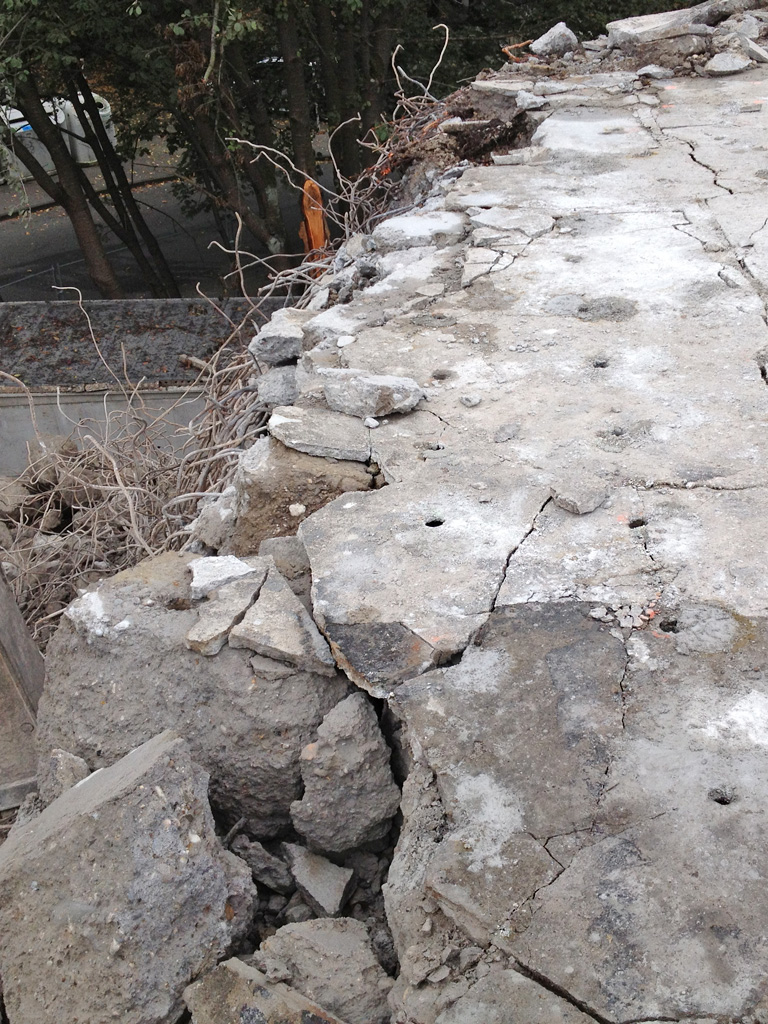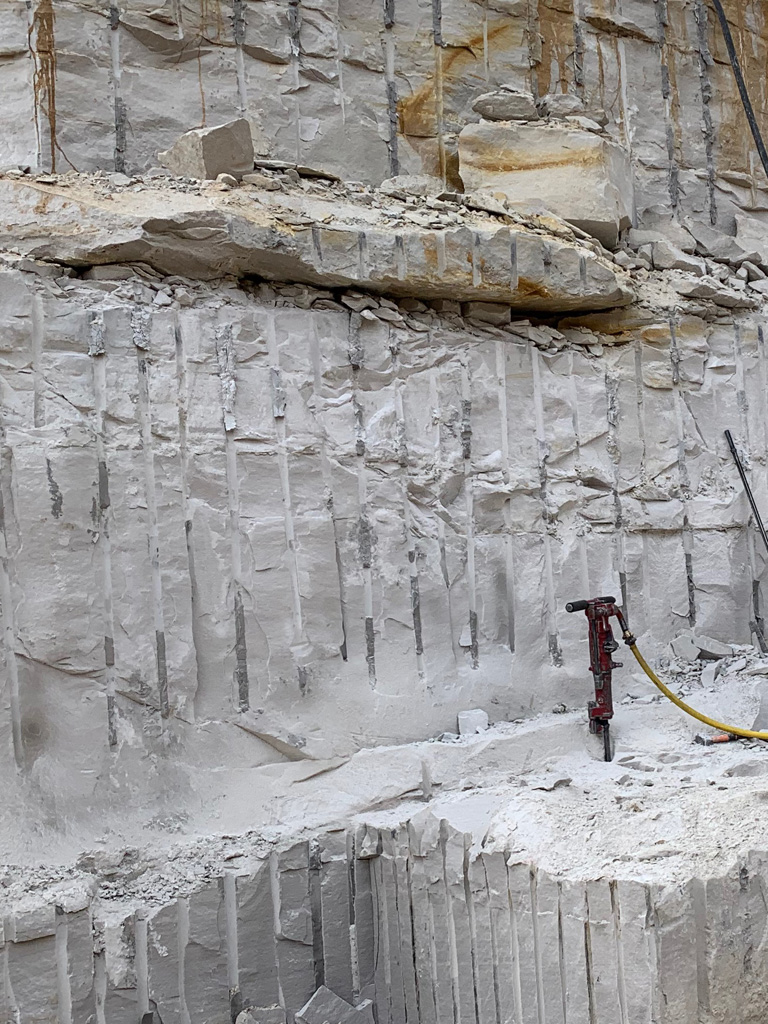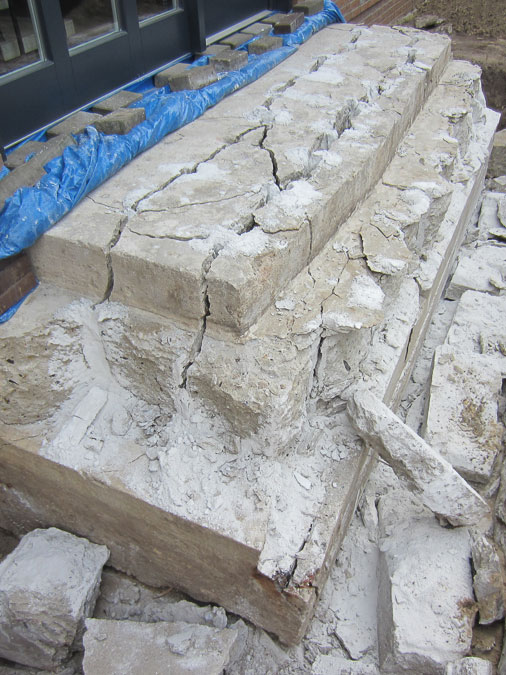

EXPANSIVE DEMOLITION GROUT: Tech support 7 days a week: info@dynacem.com
EXPANDS AND QUIETLY BREAKS
Bonn DE


EXPANSIVE DEMOLITION GROUT: Tech support 7 days a week: info@dynacem.com
EXPANDS AND QUIETLY BREAKS
Bonn DE


EXPANSIVE DEMOLITION GROUT: Tech support 7 days a week: info@dynacem.com
EXPANDS AND QUIETLY BREAKS
Kościerzyna PL


EXPANSIVE DEMOLITION GROUT: Tech support 7 days a week: info@dynacem.com
EXPANDS AND QUIETLY BREAKS
Kvissleby SE


EXPANSIVE DEMOLITION GROUT: Tech support 7 days a week: info@dynacem.com
EXPANDS AND QUIETLY BREAKS
Radków PL
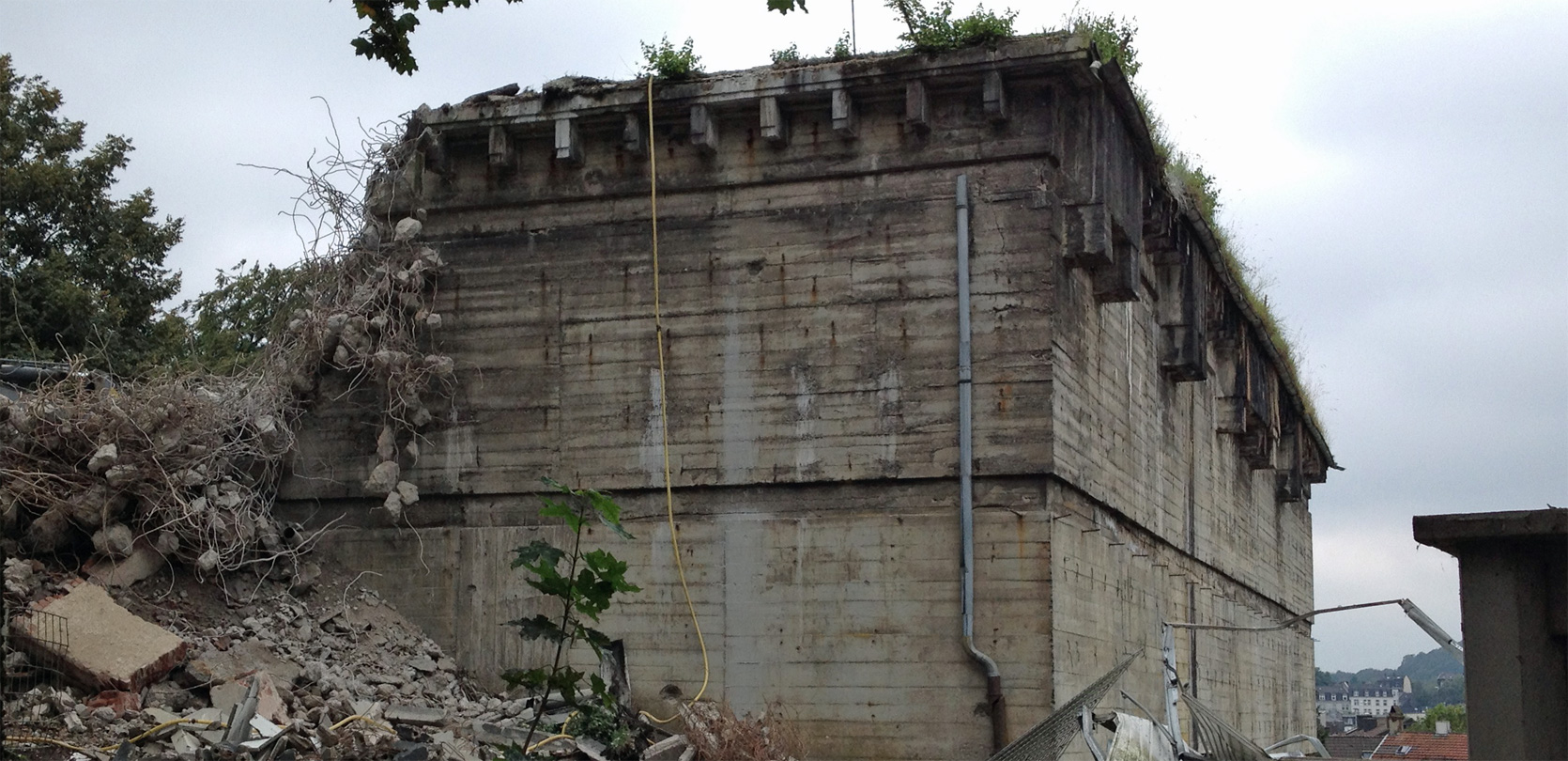

EXPANSIVE DEMOLITION GROUT: Tech support 7 days a week: info@dynacem.com
EXPANDS AND QUIETLY BREAKS
Wuppertal DE
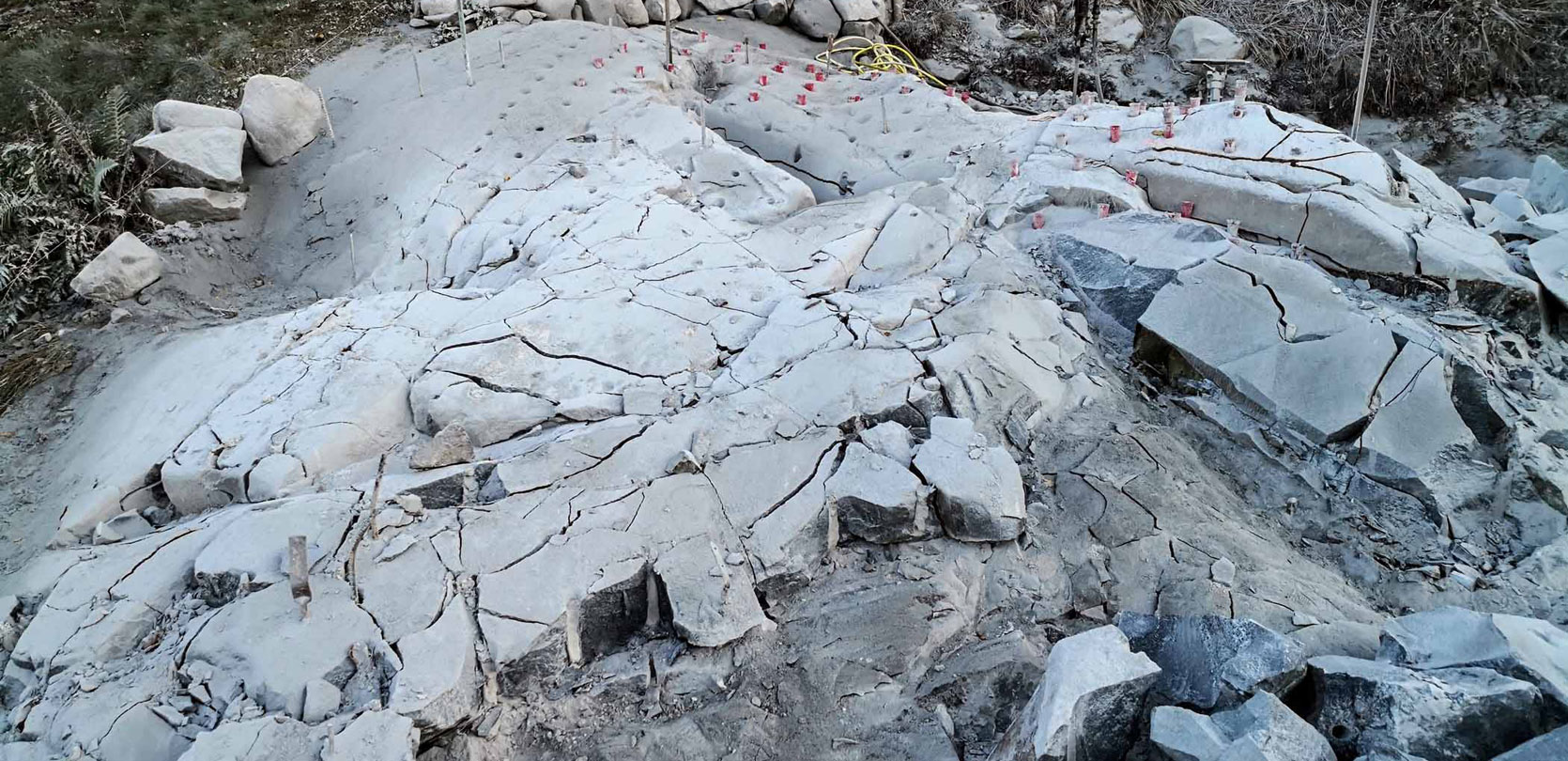

EXPANSIVE DEMOLITION GROUT: Tech support 7 days a week: info@dynacem.com
EXPANDS AND QUIETLY BREAKS
Nacka SE
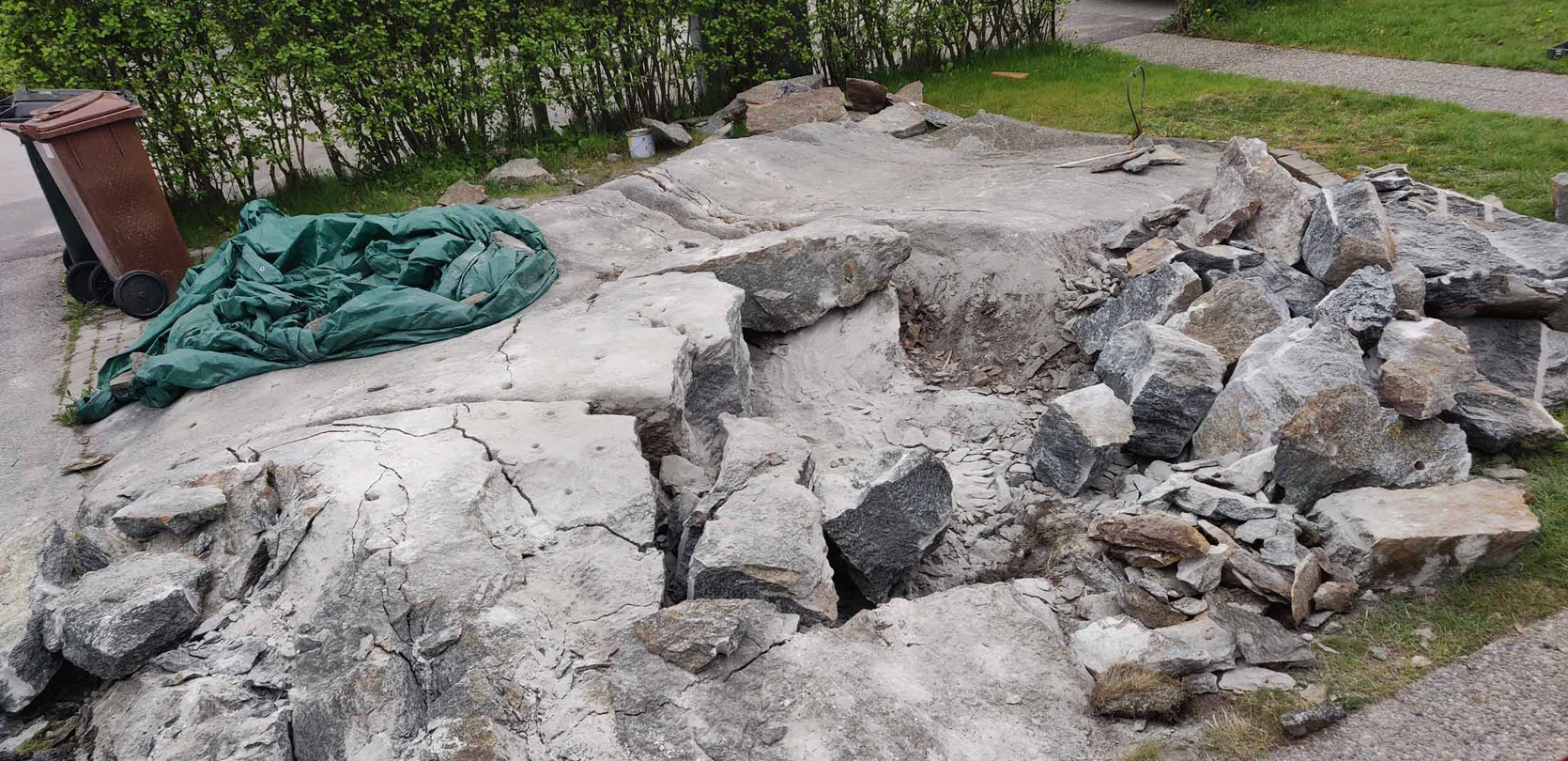

EXPANSIVE DEMOLITION GROUT: Tech support 7 days a week: info@dynacem.com
EXPANDS AND QUIETLY BREAKS
Stenungsund SE
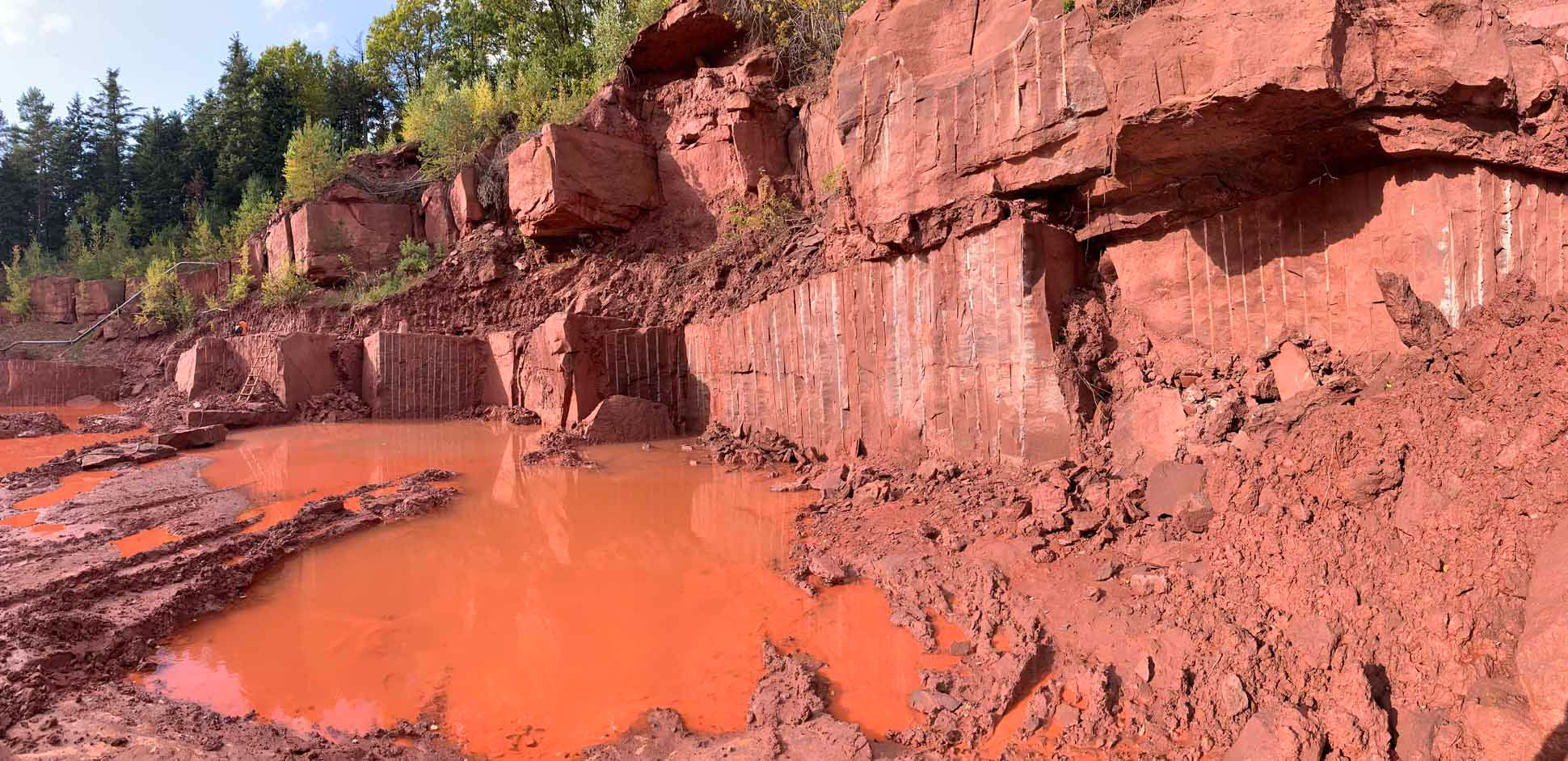

EXPANSIVE DEMOLITION GROUT: Tech support 7 days a week: info@dynacem.com
EXPANDS AND QUIETLY BREAKS
Suchedniów PL
